Hundreds flock to Belgrade on anniversary of Tito’s death
Today marks 33 years since the death of Josip Broz Tito, a president for life of the Socialist Federal Republic of Yugoslavia (SFRJ).
Saturday, 04.05.2013.
12:57

BELGRADE Today marks 33 years since the death of Josip Broz Tito, a president for life of the Socialist Federal Republic of Yugoslavia (SFRJ). Several hundreds of people flocked to Tito’s grave in Belgrade on Saturday morning. Many of them arrived before 8:00 CET. Hundreds flock to Belgrade on anniversary of Tito’s death Tito’s widow Jovanka Broz laid the first wreath to his grave. Many visitors, who traditionally visit Tito’s grave on the anniversary of his death every year, came to Belgrade from all parts of the former Yugoslavia. The largest number of them are from Slovenia and Macedonia. They are carrying flags of the former Yugoslavia and the Alliance of Communists of Yugoslavia (SKJ) and banners saying “Long live Tito” and “Tito is ours”. Almost all visitors say they consider themselves Yugoslavs. Tito passed away in a hospital in Ljubljana. His funeral brought together more than 200 senior officials from 127 countries in Belgrade on May 8, 1980. Tito governed Yugoslavia for 35 years, during which he enjoyed an exceptional reputation across the globe. In terms of international relations, special importance was attached to his role as a founder of the Non-Aligned Movement. The date of his birth, May 25, 1892, was celebrated as Youth Day, contributing to the personality cult building. He was born into a Croatian-Slovenian family in the Croatian village of Kumrovec. As a corporal in the Austro-Hungarian Army, he took part in World War I - in fights against the Serbian army, among others. He was injured and captured in Russia in 1915, but according to the official biographies, he participated in the October Revolution. He returned to the Kingdom of Serbs, Croats and Slovenes in late October 1920, when he joined the Communist Party, and later became its general secretary in 1937. As the head of the Communist Party, he led the Partisans (the National Liberation Army) in World War II, and emerged from it as the legendary leader. Apart from fighting against the occupying forces, Tito-led units carried out a communist revolution. In the flush of revolutionary justice, tens of thousands of non-Communists disappeared and an entire social class was destroyed. He resisted Stalin's pressure in 1948 (The Resolution of the Information Bureau of Communist Parties), after which he received significant financial and military assistance from the U.S. for decades. Visitors from all parts of the former Yugoslavia are seen at Tito's grave in Belgrade (Tanjug) B92 Tanjug
Hundreds flock to Belgrade on anniversary of Tito’s death
Tito’s widow Jovanka Broz laid the first wreath to his grave.Many visitors, who traditionally visit Tito’s grave on the anniversary of his death every year, came to Belgrade from all parts of the former Yugoslavia. The largest number of them are from Slovenia and Macedonia.
They are carrying flags of the former Yugoslavia and the Alliance of Communists of Yugoslavia (SKJ) and banners saying “Long live Tito” and “Tito is ours”.
Almost all visitors say they consider themselves Yugoslavs.
Tito passed away in a hospital in Ljubljana. His funeral brought together more than 200 senior officials from 127 countries in Belgrade on May 8, 1980.
Tito governed Yugoslavia for 35 years, during which he enjoyed an exceptional reputation across the globe.
In terms of international relations, special importance was attached to his role as a founder of the Non-Aligned Movement.
The date of his birth, May 25, 1892, was celebrated as Youth Day, contributing to the personality cult building.
He was born into a Croatian-Slovenian family in the Croatian village of Kumrovec.
As a corporal in the Austro-Hungarian Army, he took part in World War I - in fights against the Serbian army, among others.
He was injured and captured in Russia in 1915, but according to the official biographies, he participated in the October Revolution.
He returned to the Kingdom of Serbs, Croats and Slovenes in late October 1920, when he joined the Communist Party, and later became its general secretary in 1937.
As the head of the Communist Party, he led the Partisans (the National Liberation Army) in World War II, and emerged from it as the legendary leader.
Apart from fighting against the occupying forces, Tito-led units carried out a communist revolution. In the flush of revolutionary justice, tens of thousands of non-Communists disappeared and an entire social class was destroyed.
He resisted Stalin's pressure in 1948 (The Resolution of the Information Bureau of Communist Parties), after which he received significant financial and military assistance from the U.S. for decades.



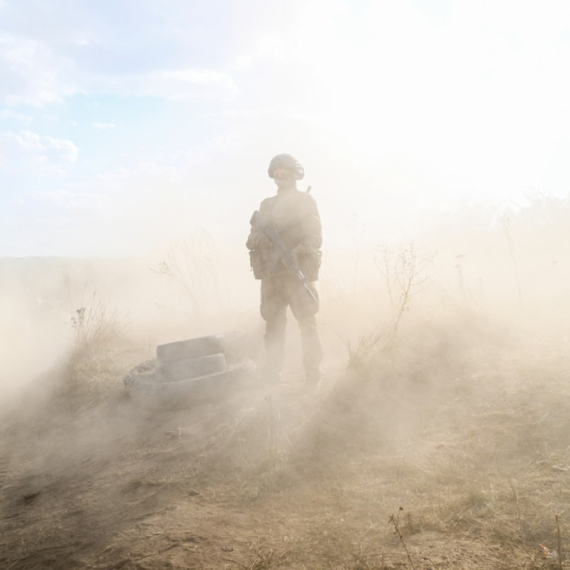
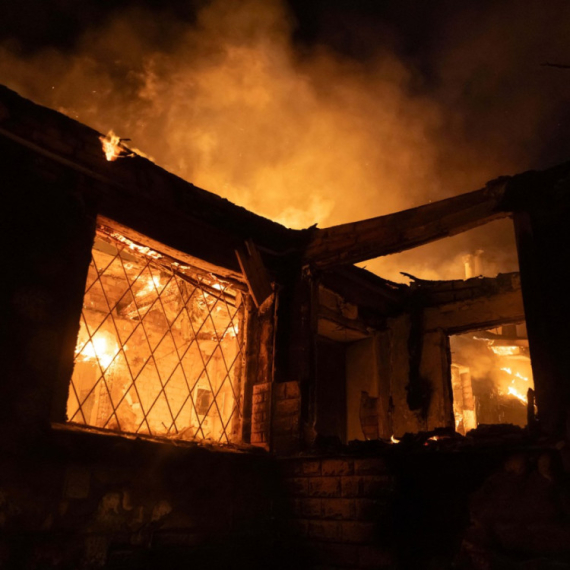
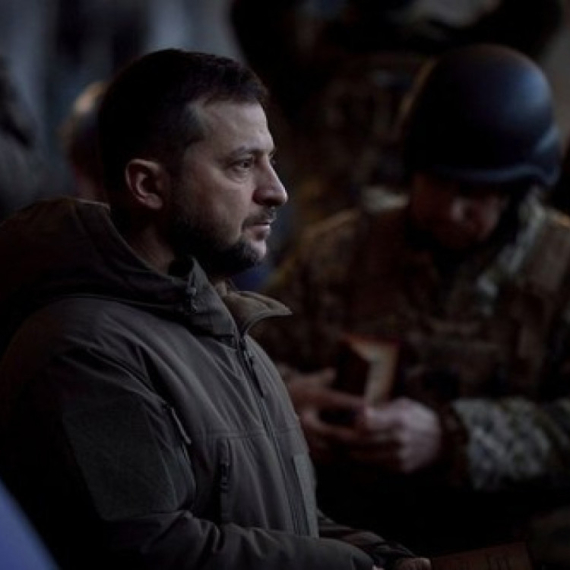
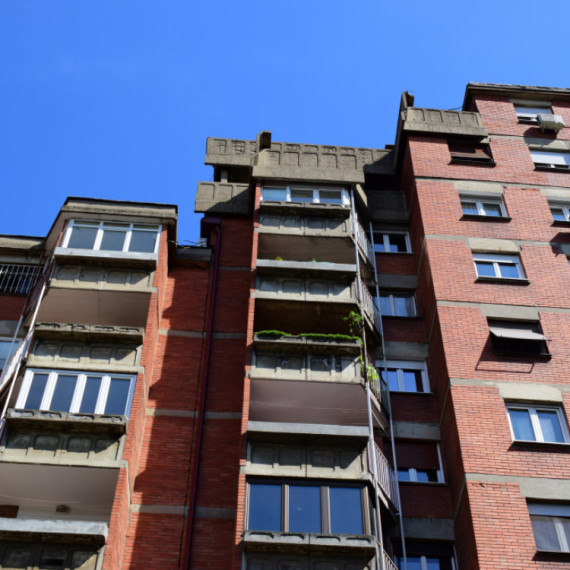





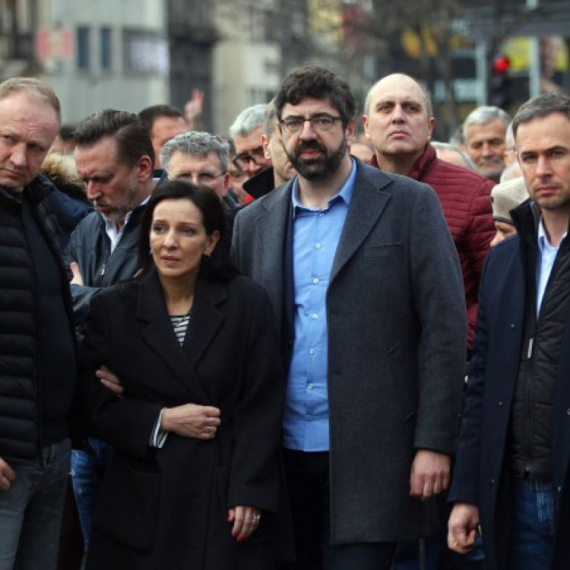


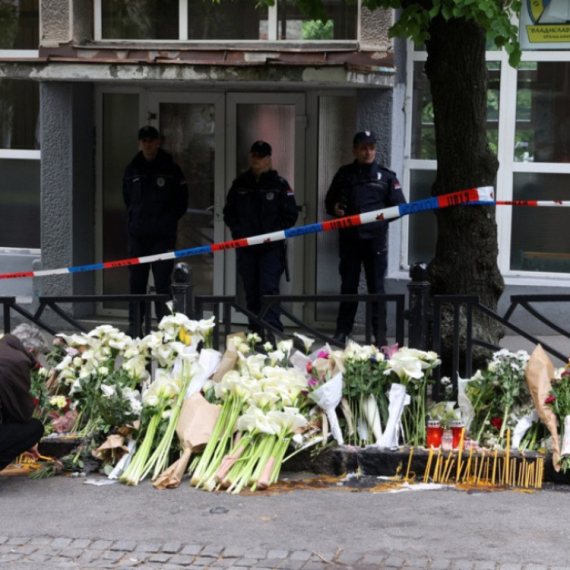
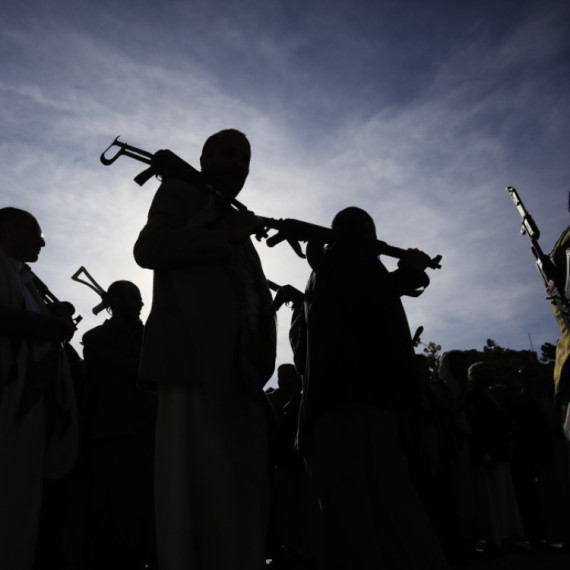

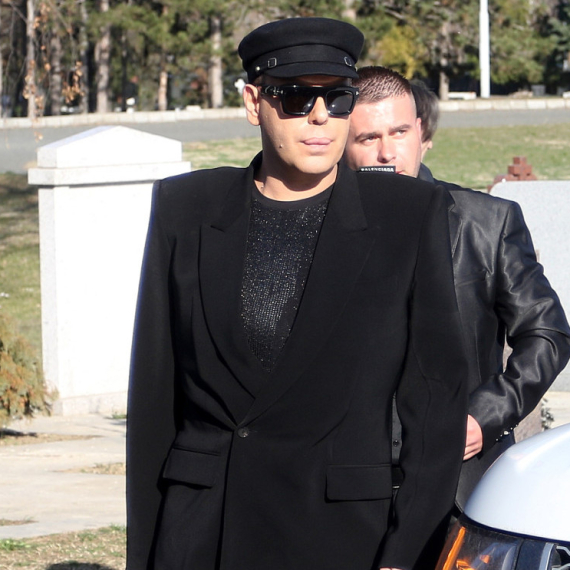

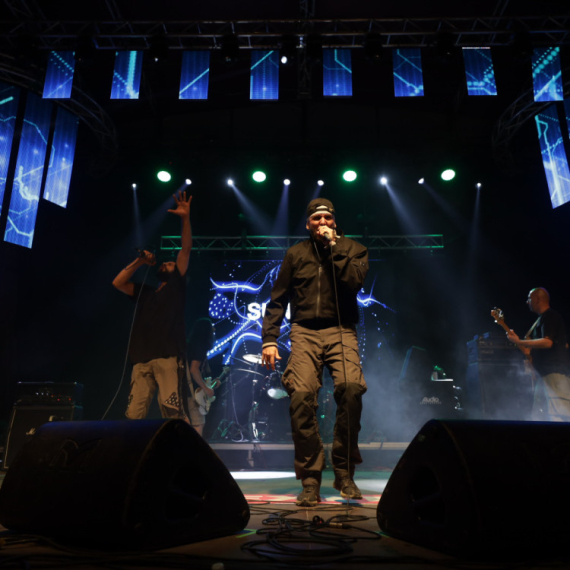







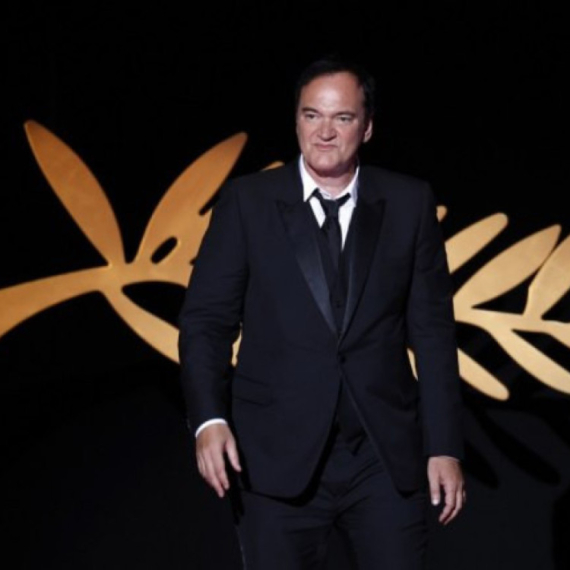

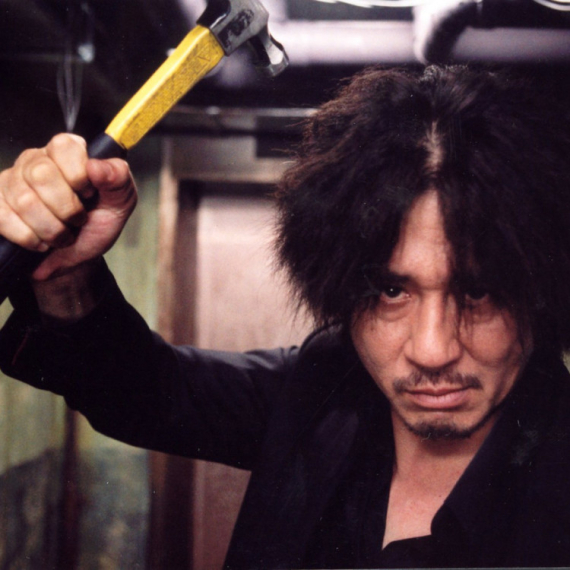
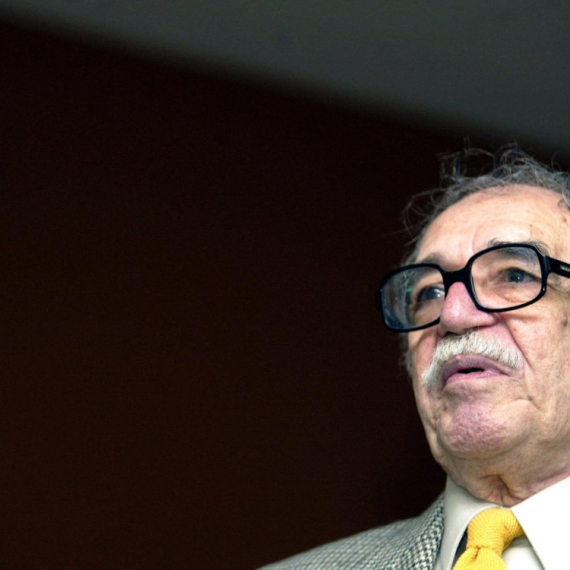



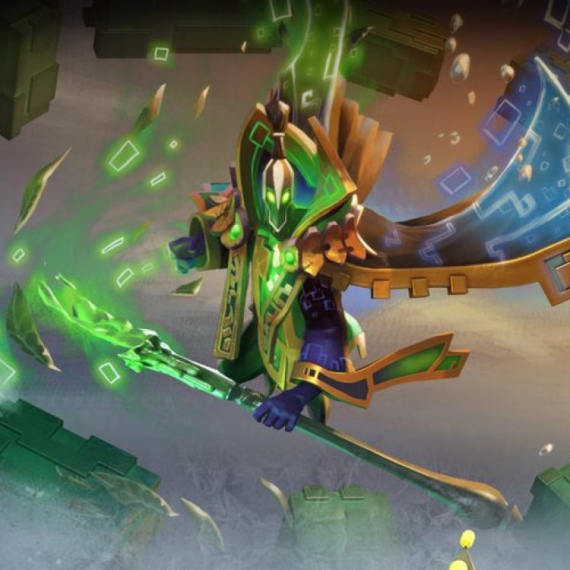
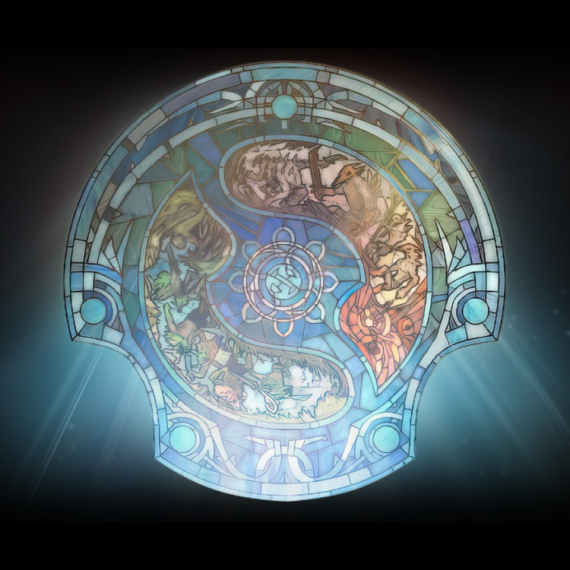
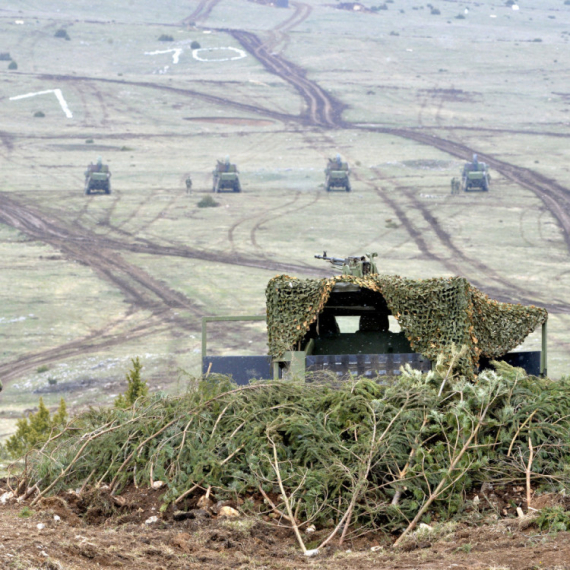
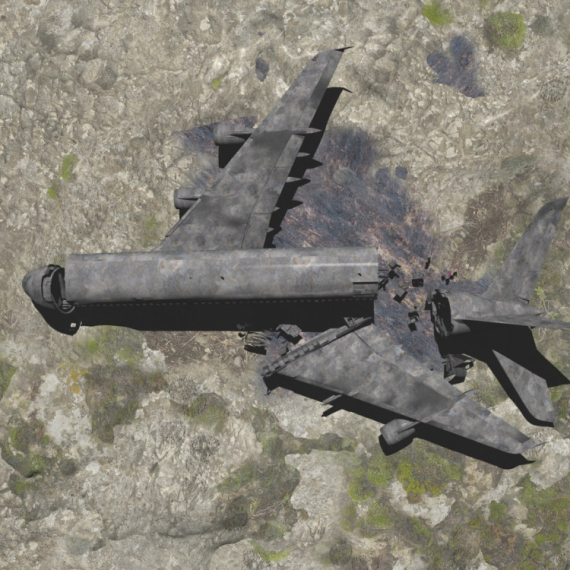
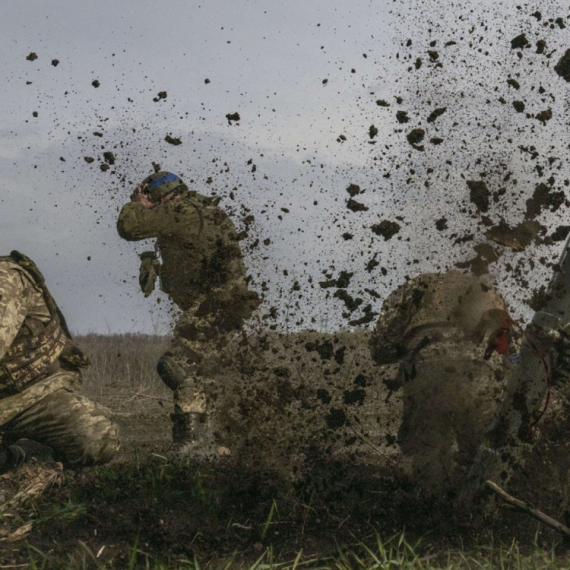

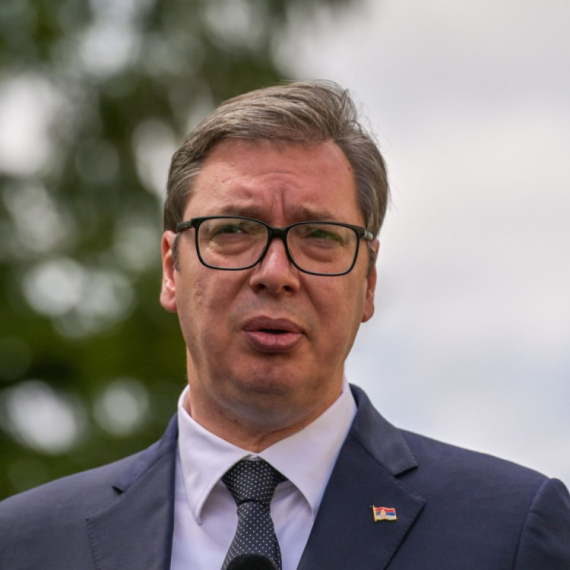
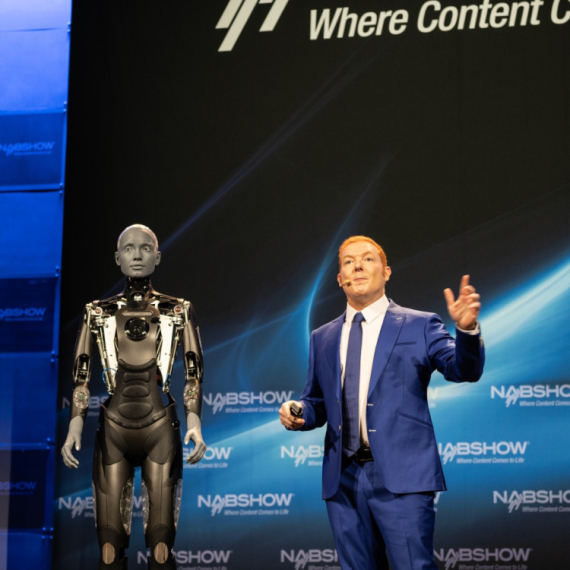

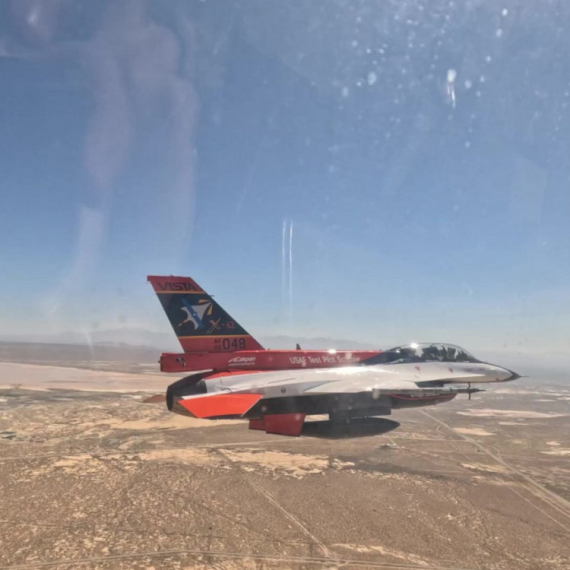







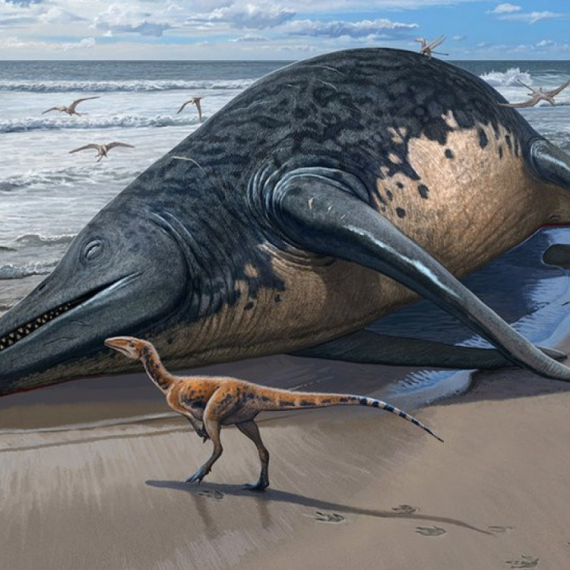

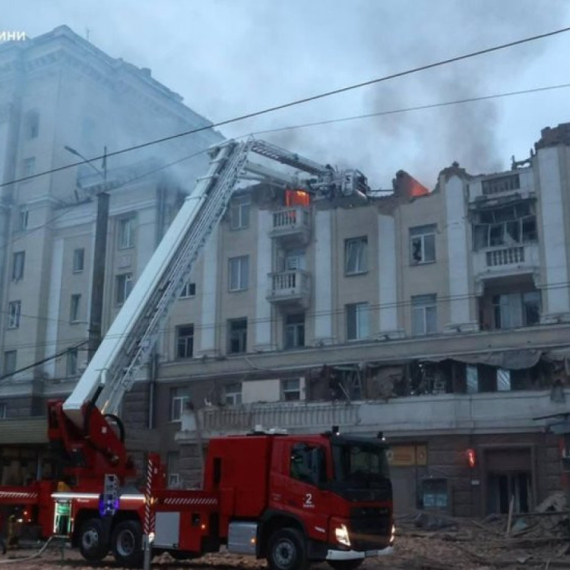
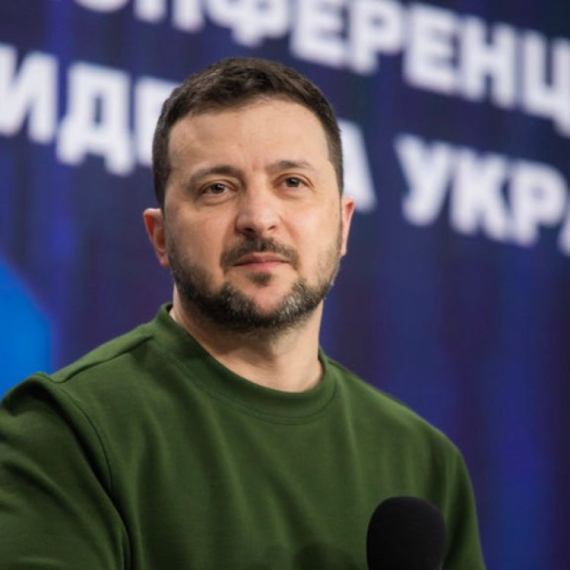
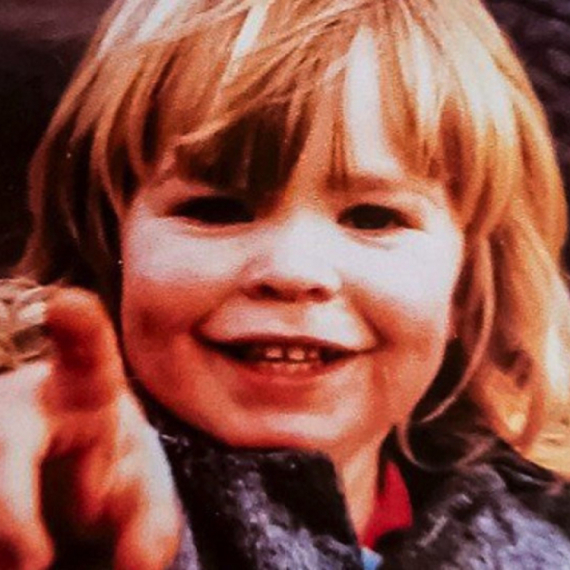

Komentari 27
Pogledaj komentare